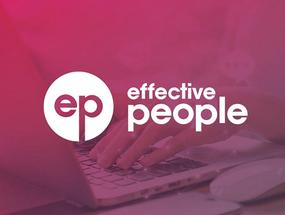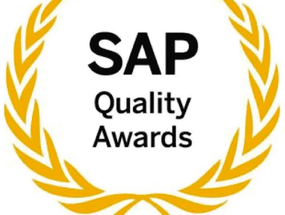

We use cookies to give you the best website experience possible, and by browsing our website you consent to this use. Non-essential cookies are currently blocked, but certain functionality on this website won't work without them. For full details of our cookie settings, please see our privacy and cookie policy page. For full site access, please accept these cookies below.








